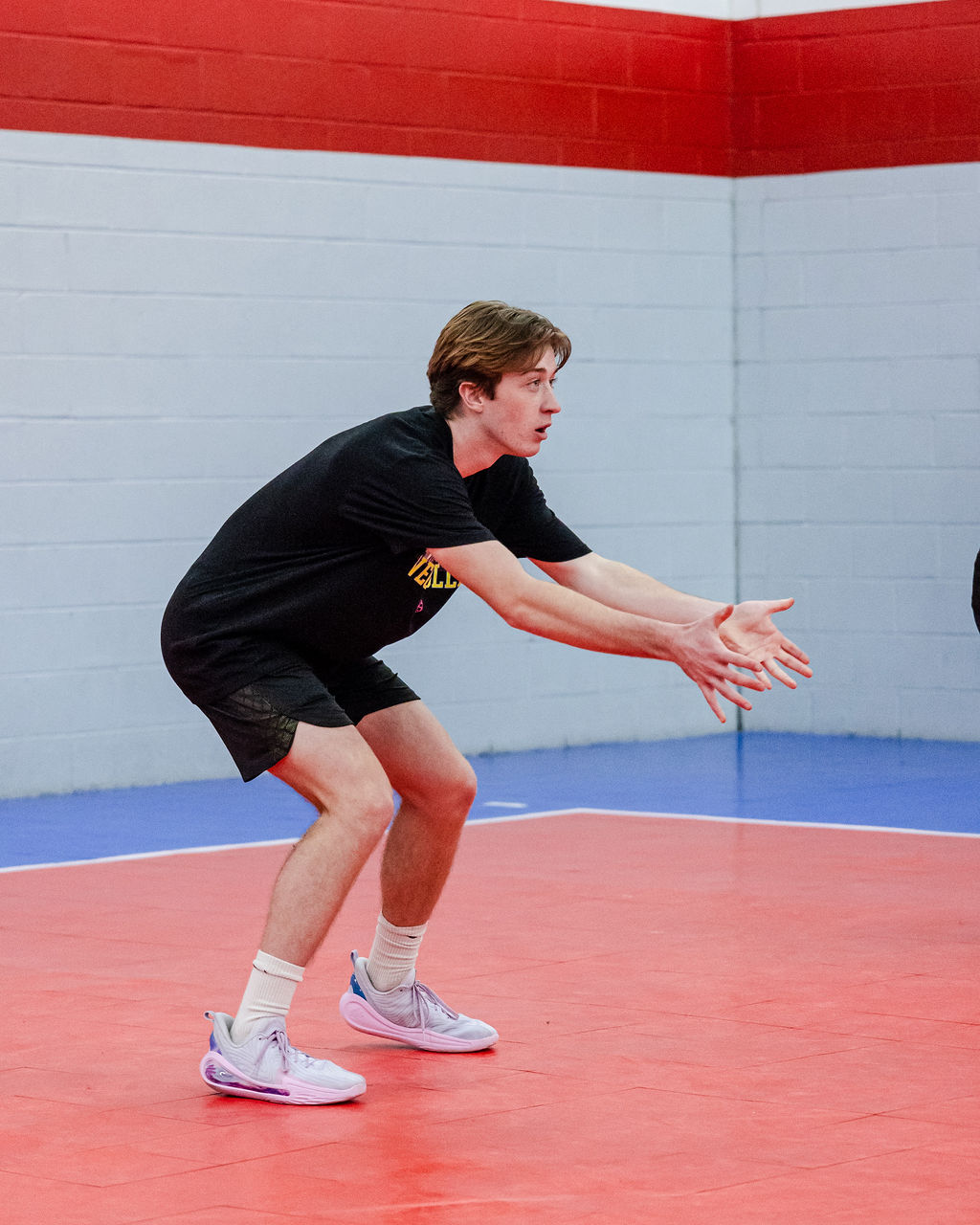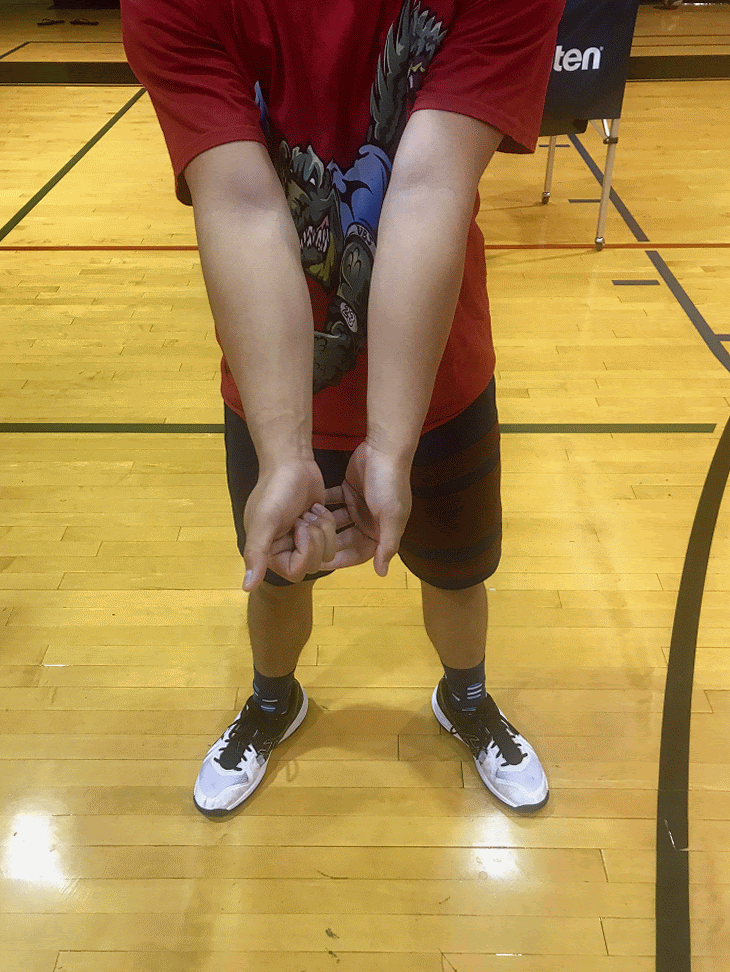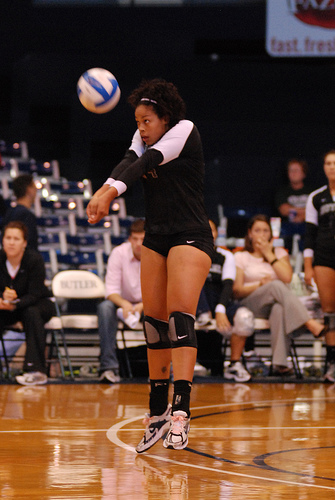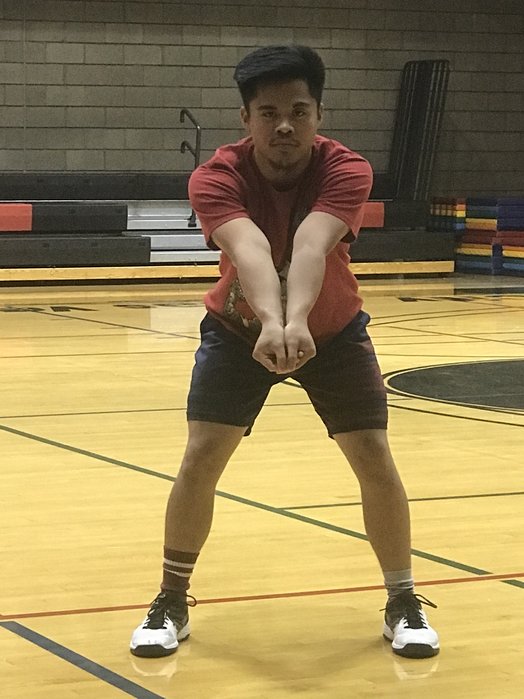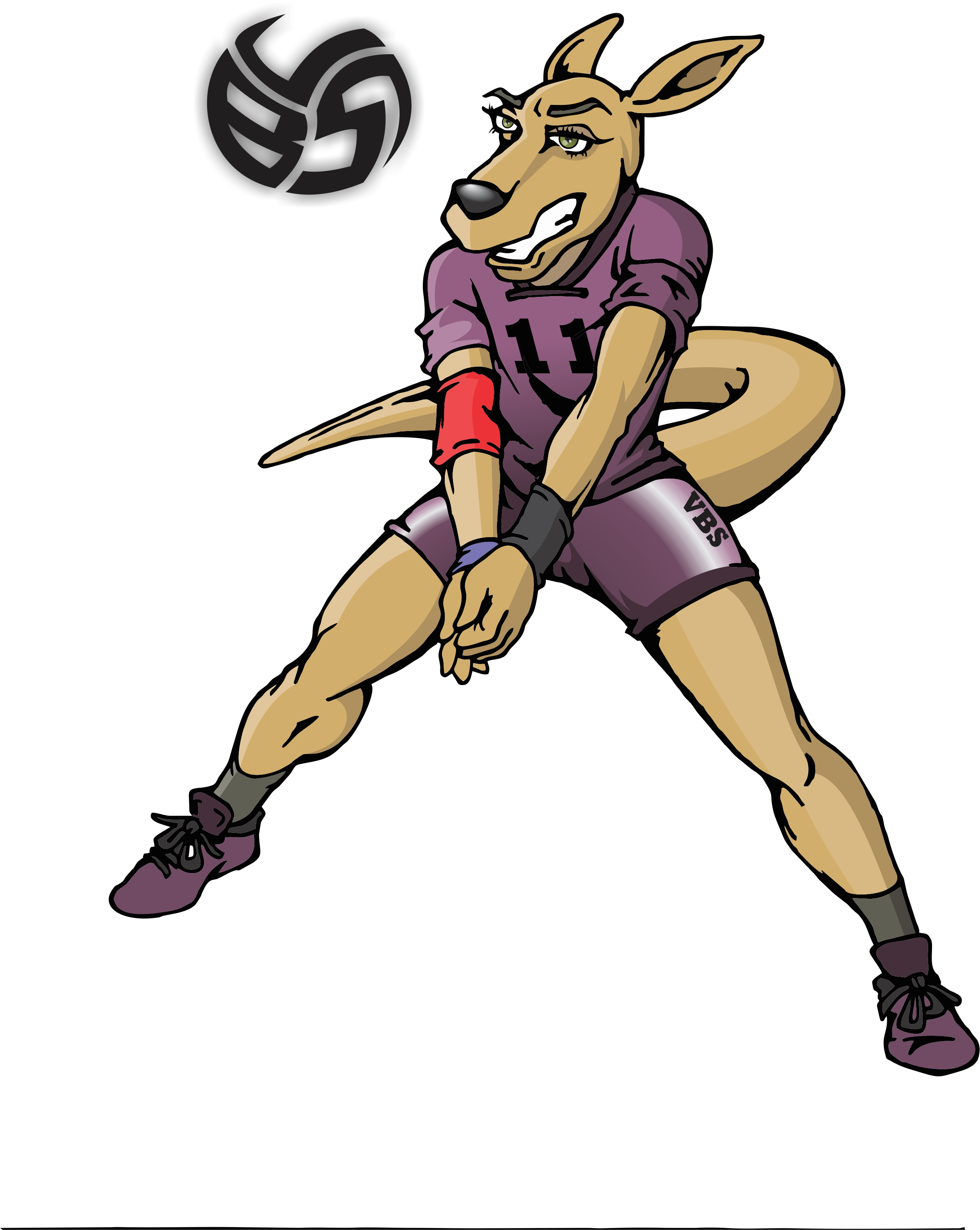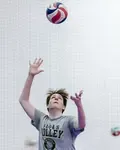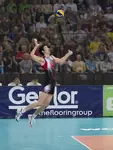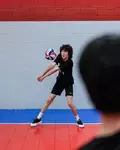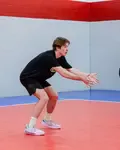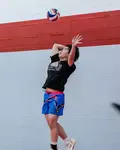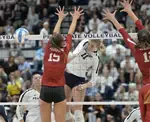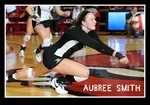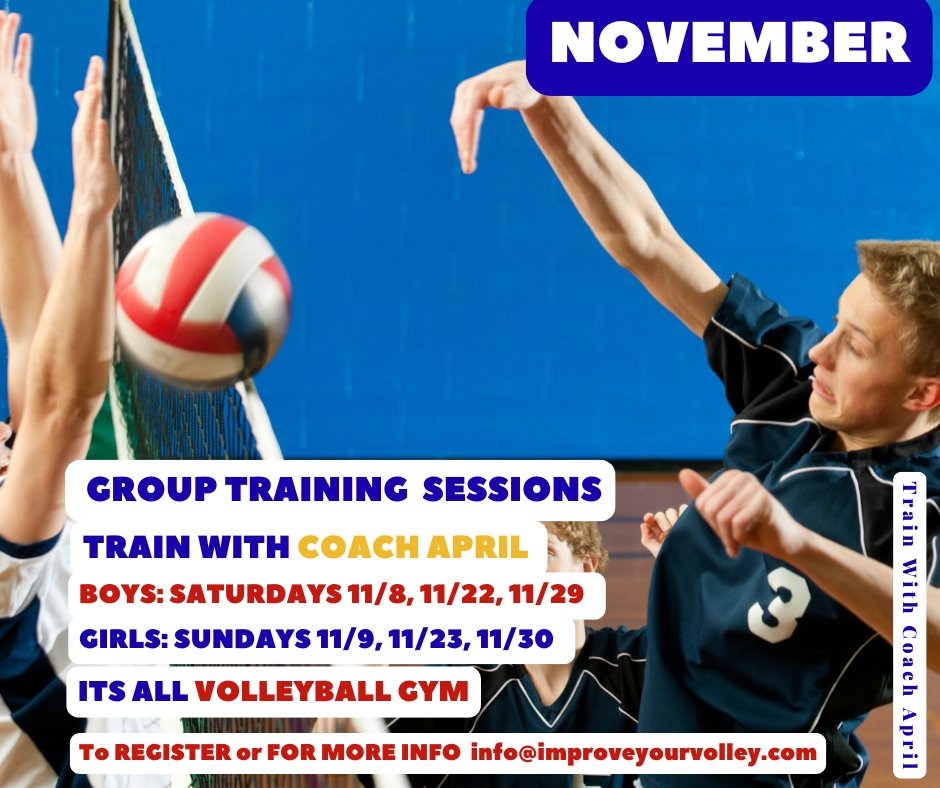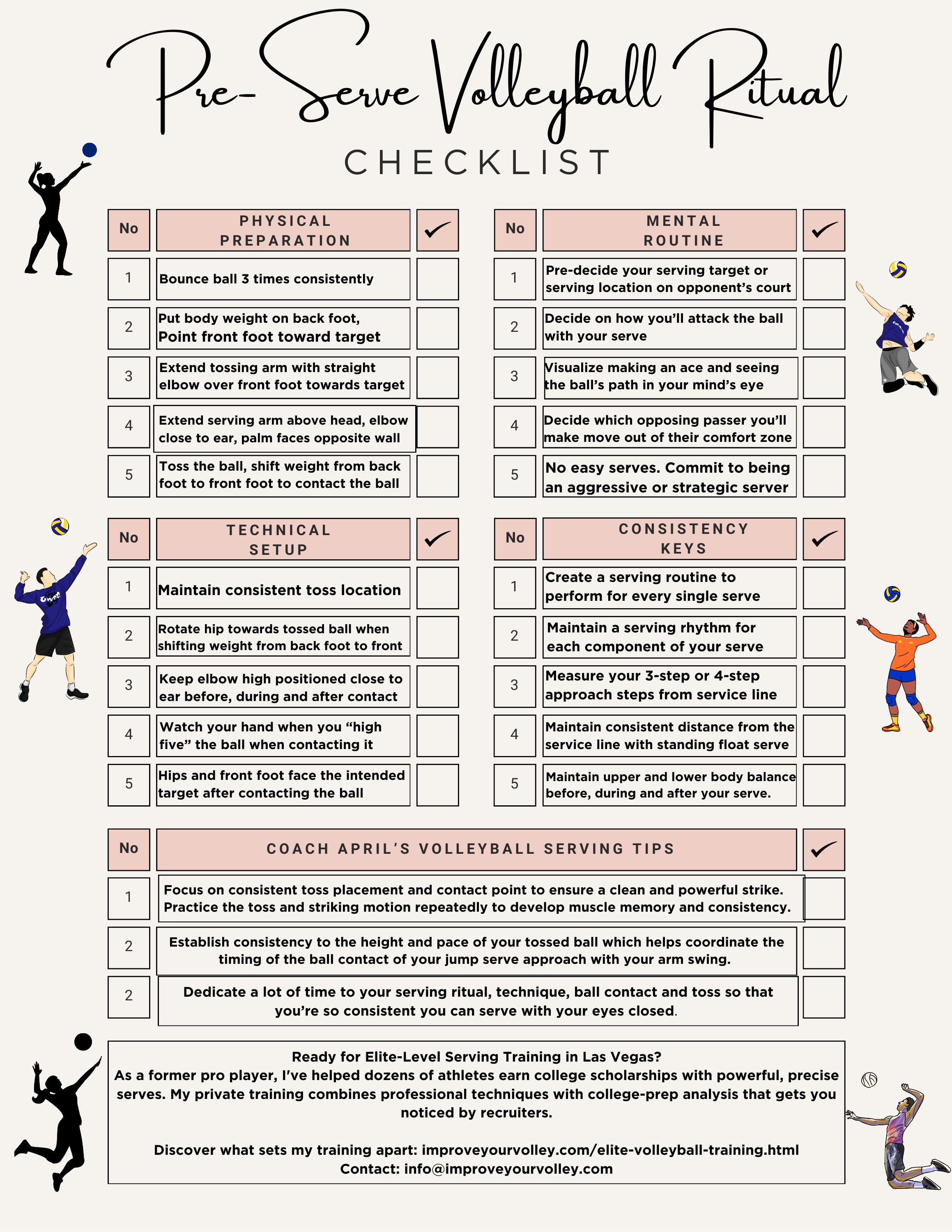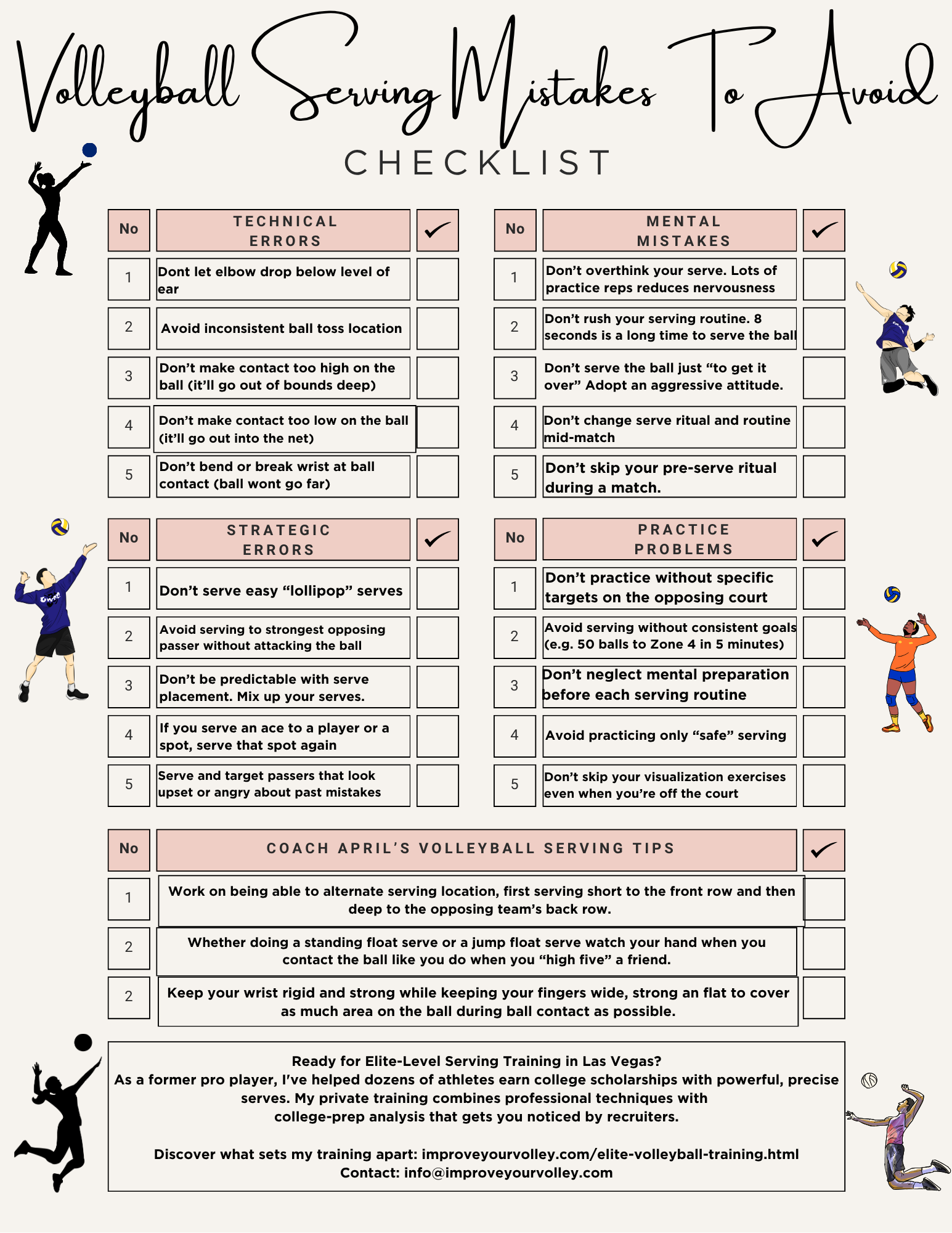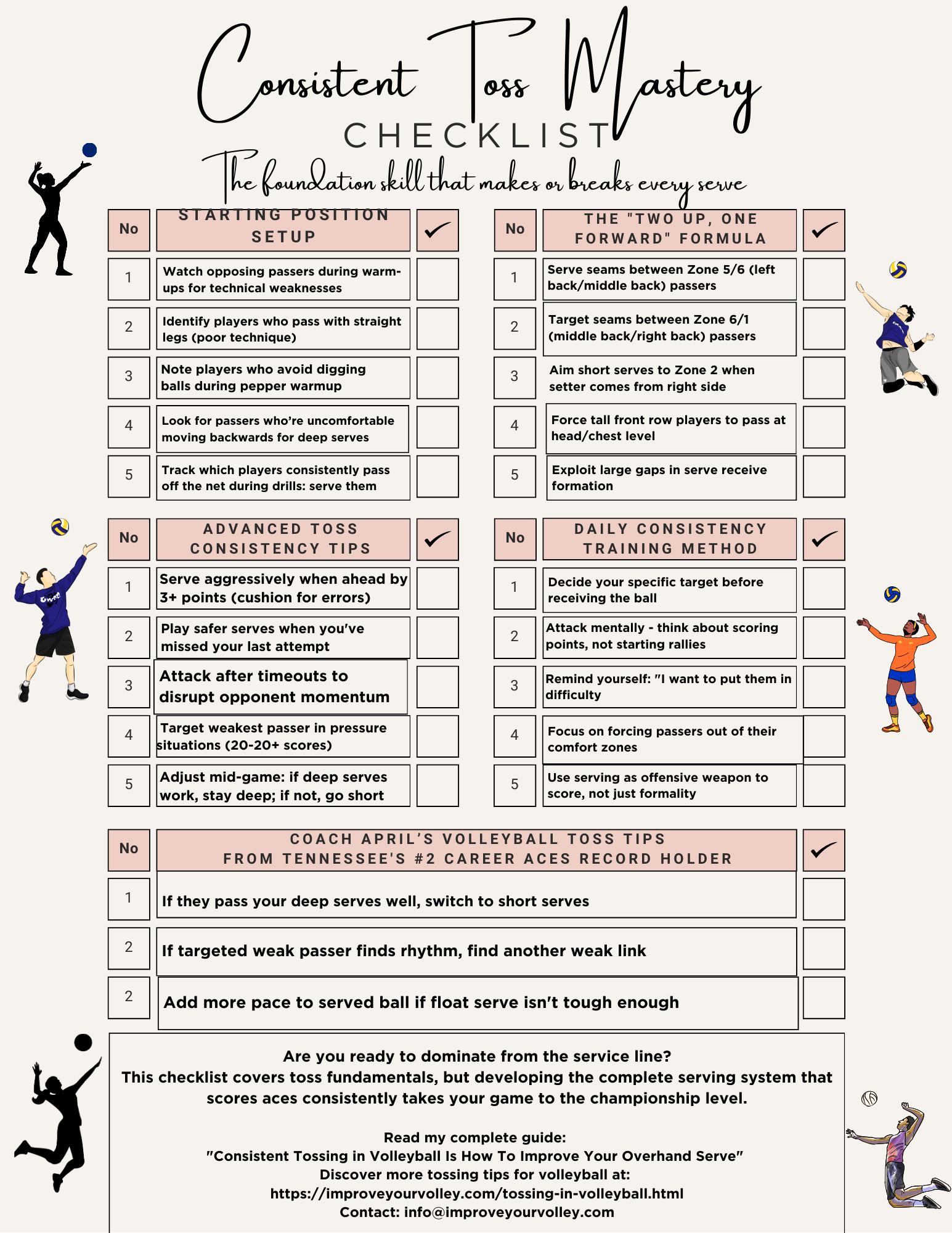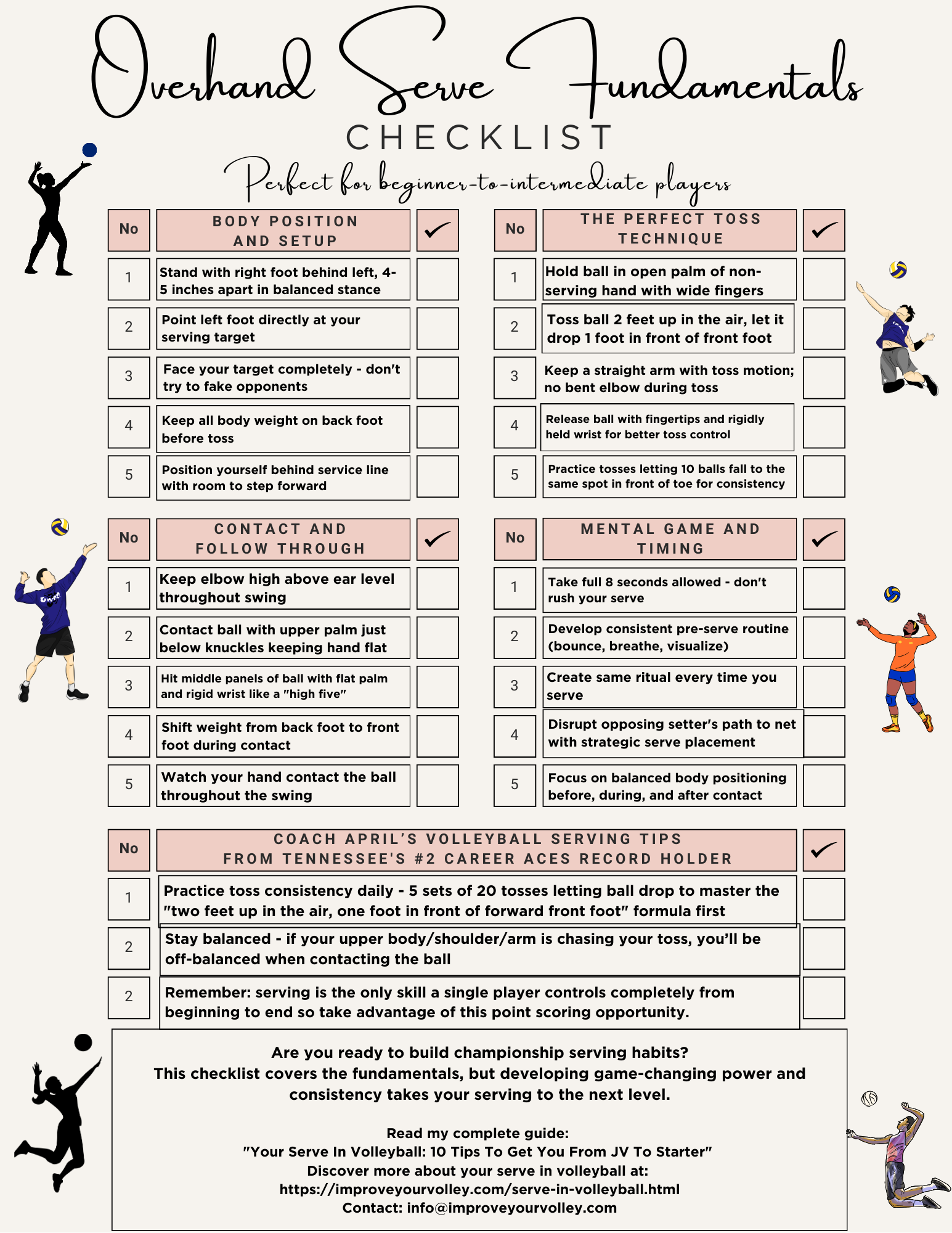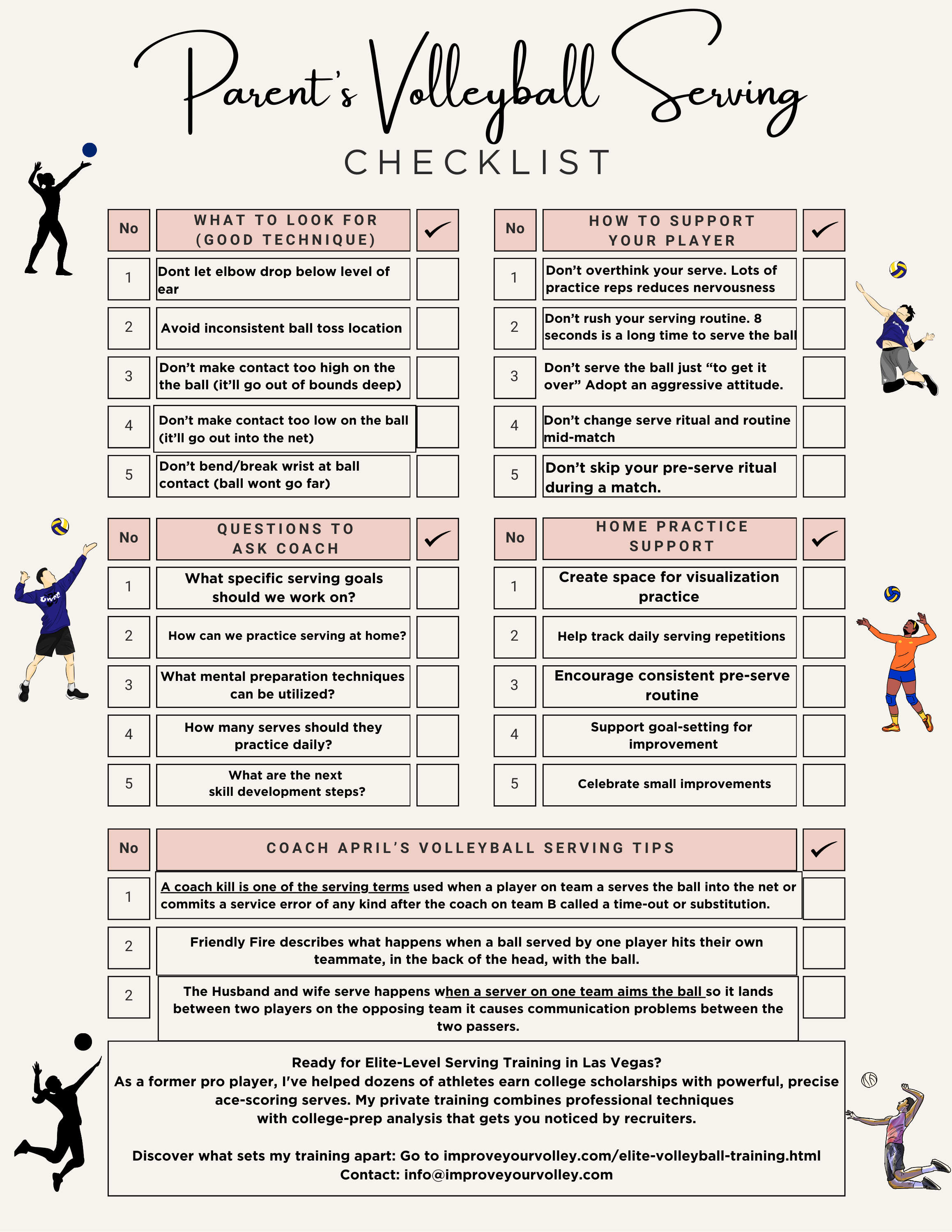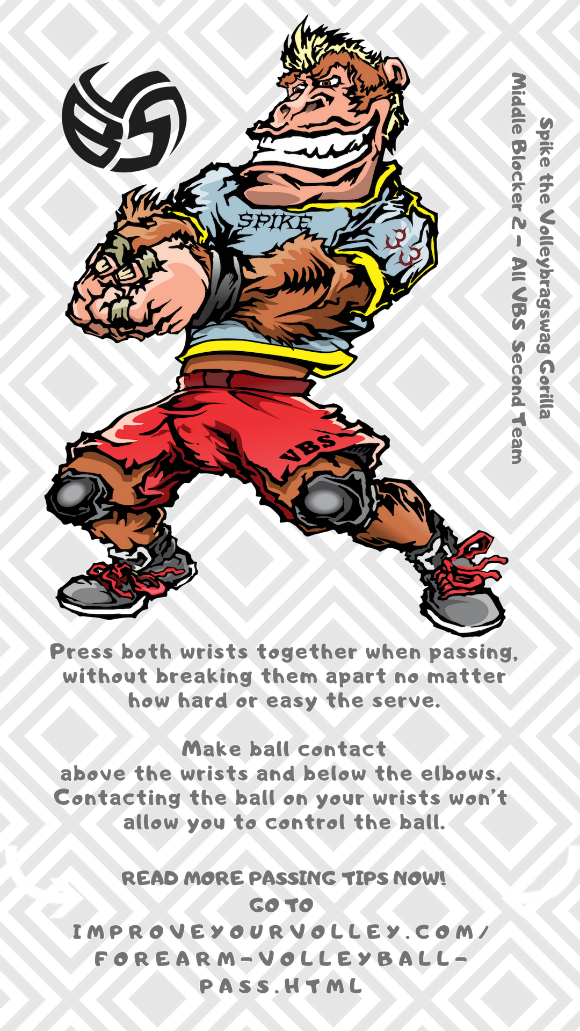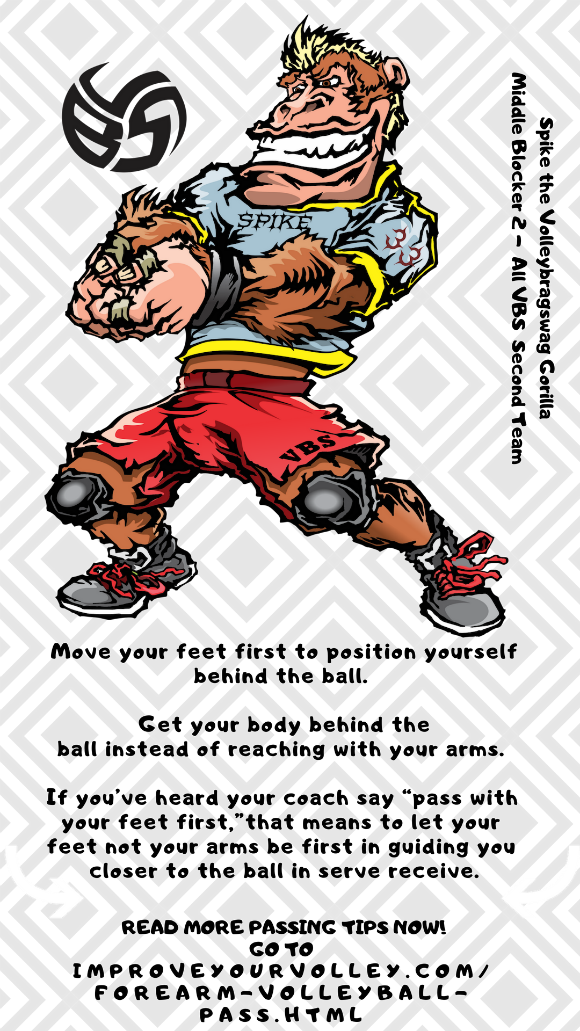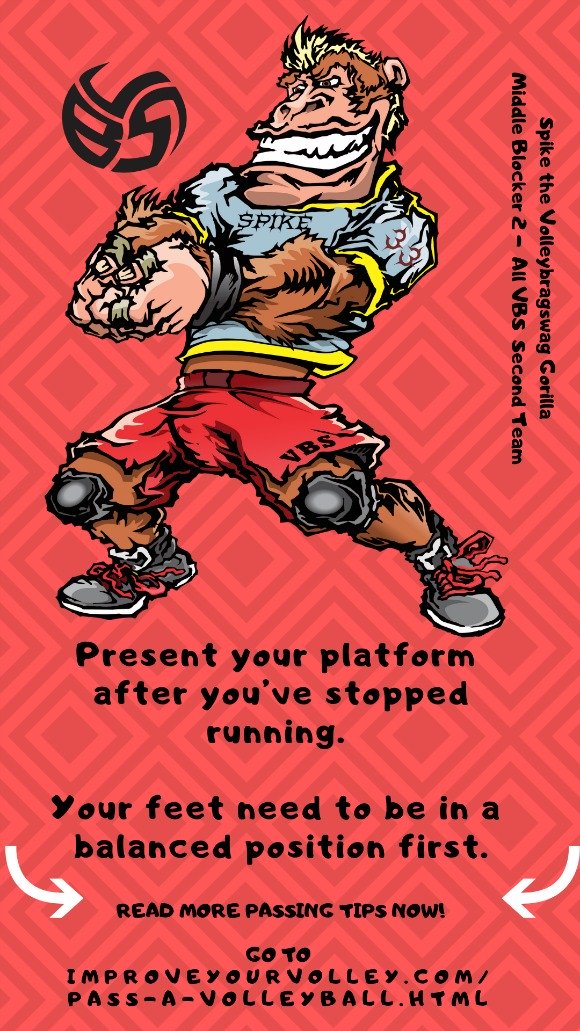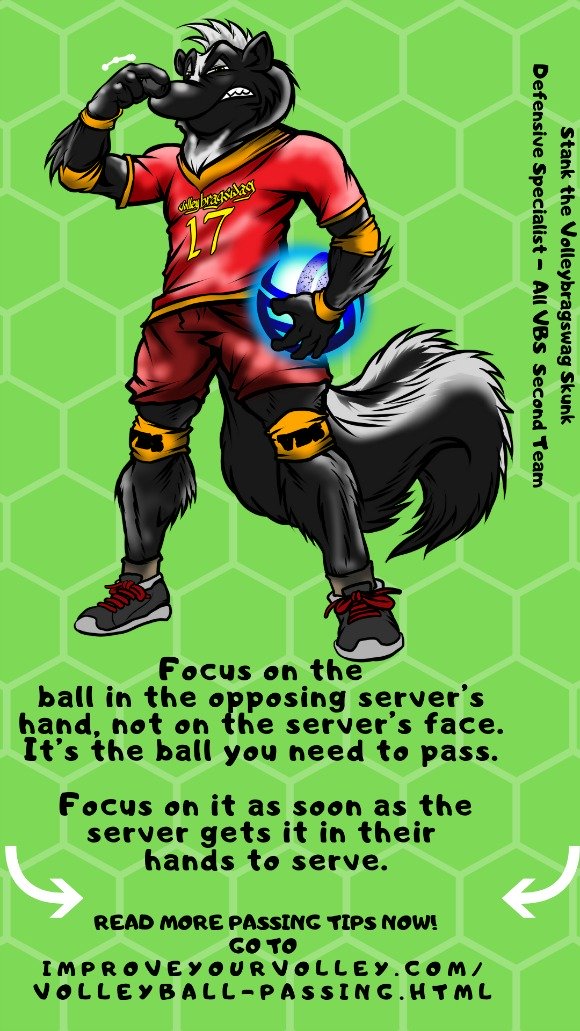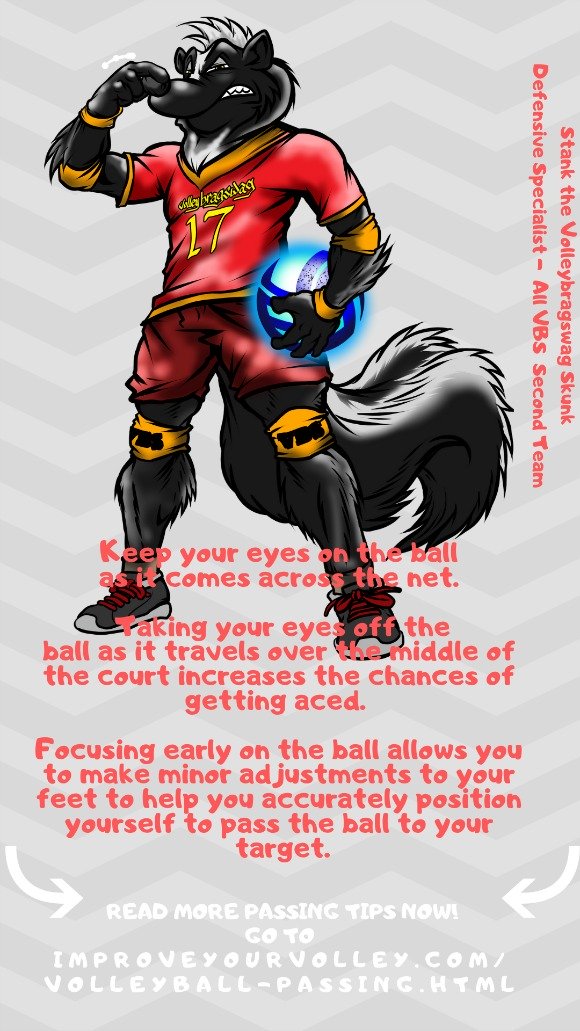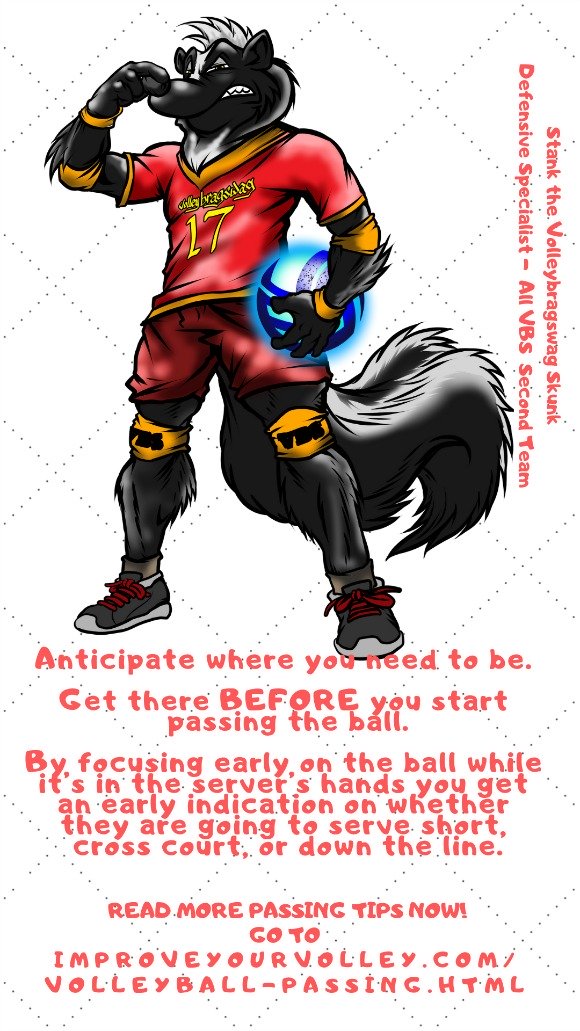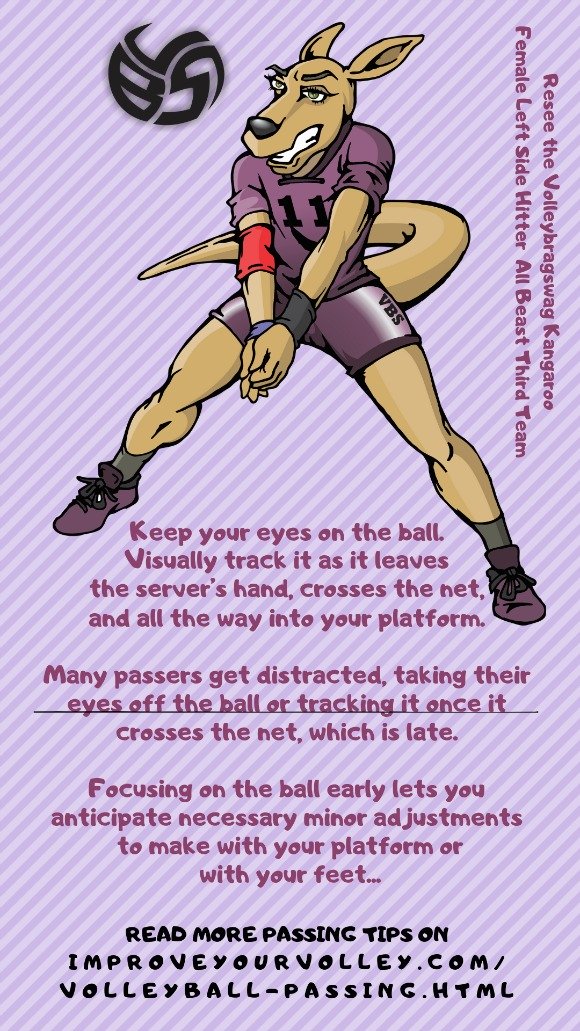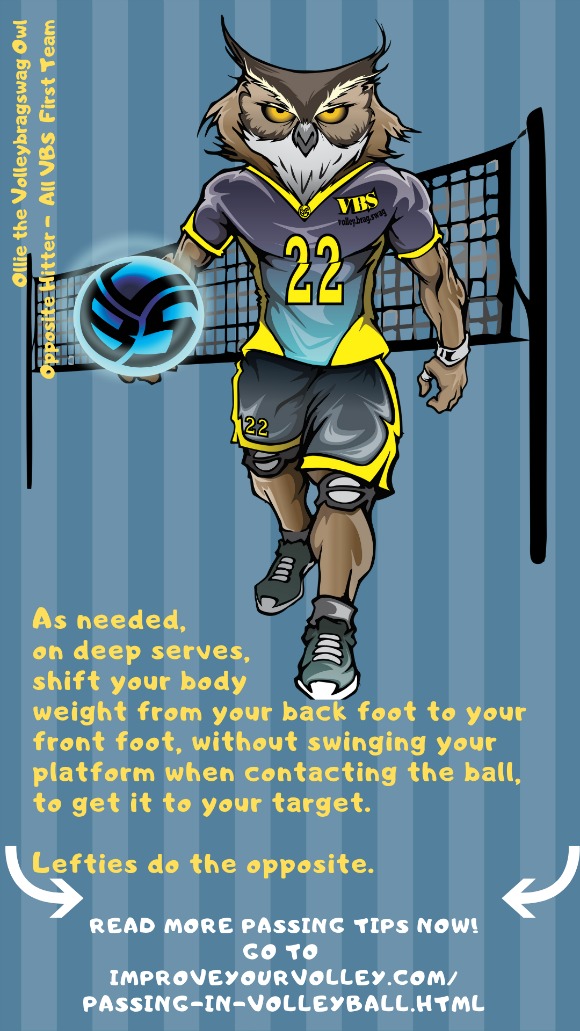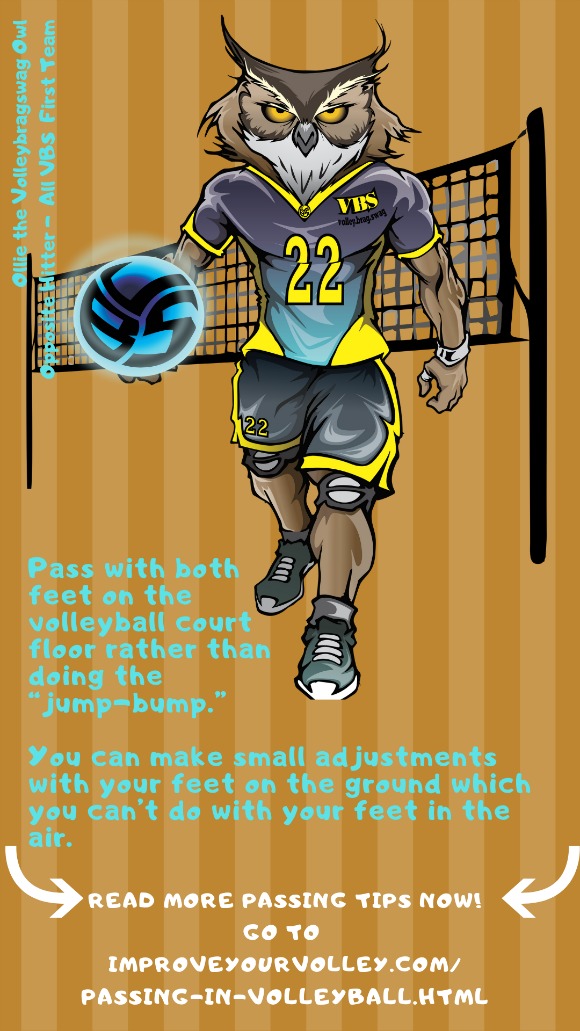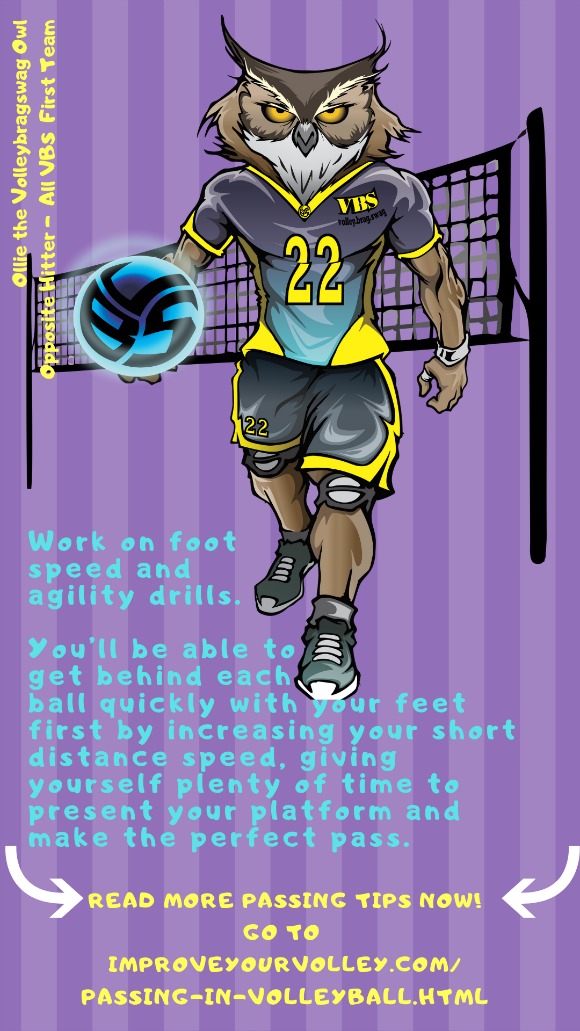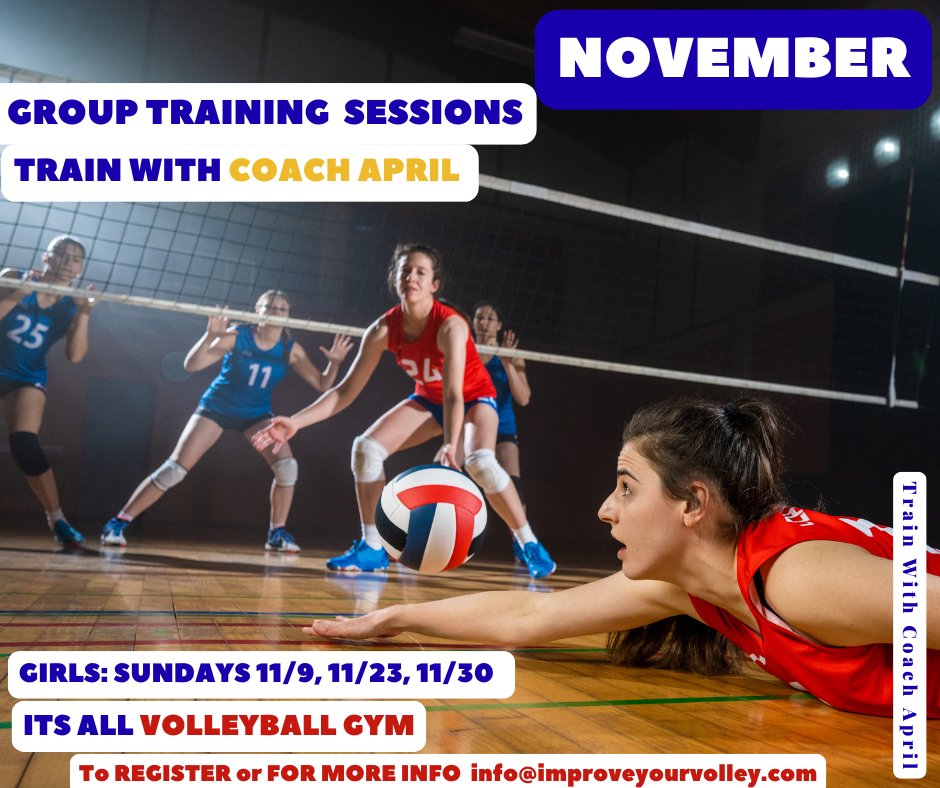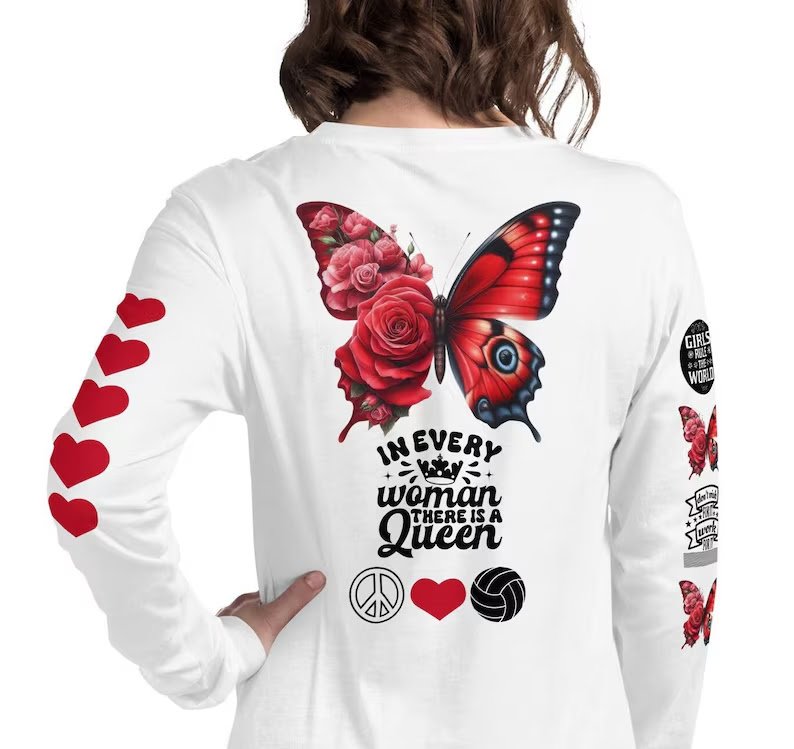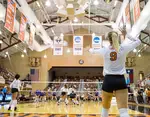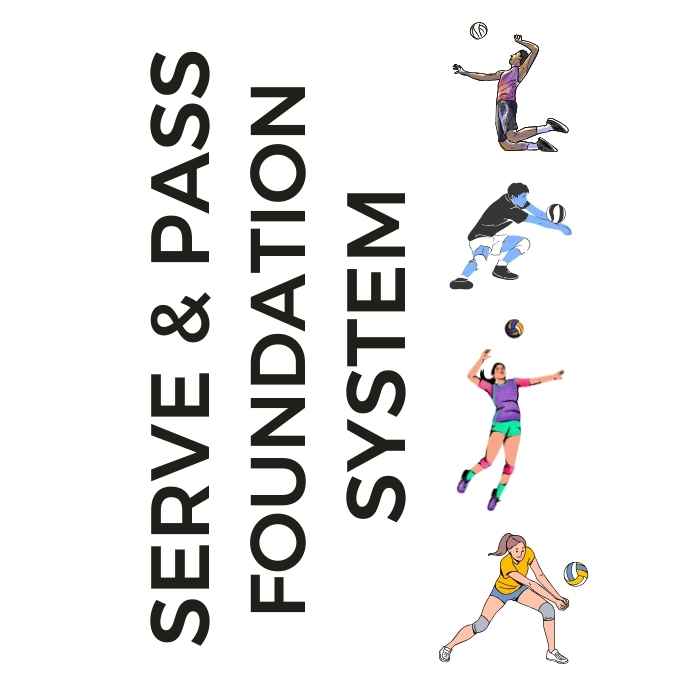
Serve + Pass Foundation System: The Complete Skills Arsenal The two-skill mastery system that transforms inconsistent players into the athletes coaches build their lineups around. Stop Struggling With The Two Most Important Skills In Volleyball!
- Improve Your Volleyball with Coach April
- Basic Volleyball Skills
- 3 Volleyball Forearm Pass Cues
3 Volleyball Forearm Pass Cues On What To Do With Arms, Feet And Hips
There are three volleyball forearm pass cues you should use to improve your passing skills, keep your arms together, feet grounded and hips behind the ball.
There are three volleyball forearm pass cues you should use to improve your passing skills
- keep your arms together
- keep both feet on the ground
- move quickly to position yourself behind the ball
Volleyball Forearm Pass Cues:
Keep Your Arms Together
One of the key aspects to focus on when working on your volleyball forearm pass is keeping your arms together without breaking them apart upon contact with the ball.
This is particularly important when facing harder serves, as keeping your arms together allows for better control and accuracy in passing.
For a period of time while playing college volleyball I was guilty of breaking my arms apart against easy serves and free balls.
But it’s not a good habit to get into, because sooner or later you’ll find yourself having to pass a jump served ball.
To achieve the ideal arm position, start by extending your arms in front of you. Place one hand on top of the other, allowing your thumbs to align side by side and point towards the ground.
This unified arm position helps to absorb the energy of the ball and facilitates controlled direction and trajectory during the pass.
Watch as Aubrey and Ari work to get their feet to the ball then hands together to form a solid passing platform before making contact with the ball.
Maintaining proper arm position also plays a significant role in minimizing errors when facing harder serves.
Volleyball Forearm Pass Cues:
Keep Both Feet On The Ground
If your feet are in the air then you can’t change directions or make any last minute or minor adjustments to your body positioning, but if you keep your feet on the ground you have control over your body movements and can adjust to the ball accordingly.
The best thing you could do, is to quickly back your body up or open up while staying in a low position which gives the ball a few more seconds and a bit more space to come down where it has less movement in the air and you have more control.
So, as much as you can, you want to avoid the jump bump.
Volleyball Forearm Pass Cues:
Move Your Feet Quickly To Position Yourself Behind The Ball
Look how fast my client Piper is working to get her feet to the ball, no matter where I serve on the court. She reads where my body is facing and then takes a big first step to cover larger distance on the court which gets her closer to the ball before she takes her last two steps and drops her hips.
Lastly, wherever the ball is you want to move yourself to get into position behind it with your feet first.
Besides doing passing drills in practice, high school players want to work on foot speed and agility drills.
The faster you can move your feet, the faster you can get yourself in the best position behind the ball in order to pass it.
Watch as Brooklyn reads my serving body language and moves her feet quickly based on where she "reads" where the ball will land once its served and takes big quick moving steps to beat the ball to the spot its going to land.
Practicing this type of movement is called foot speed training and this type of volleyball conditioning training comes in different forms.
You can regularly do some forms of lower body speed training before you do your pregame warmup drills, where you should do a series of short sprints forward, backward and sideways to help you increase your foot speed and reactive abilities so that you can get behind the ball fast for your passing.
Working on these three volleyball forearm cues should help you increase your ball control during your serve receive passing.
Practicing footwork drills, such as short sprints forward, backward, and sideways, can significantly improve your foot speed and reactive abilities.
By working on your lower body speed and agility, you enhance your ability to react to the ball quickly, ensuring that you are consistently positioned behind it for successful forearm passing.
Remember, consistent practice and attention to these cues will help you become a more reliable and skilled passer on the volleyball court.
Meet Resee the Kangaroo and Passing Specialist on
VolleyBragSwag's All Beast Team
Do You Follow Me on Pinterest?
 Private or semiprivate volleyball indoor/sand lessons are an excellent way for young Las Vegas high school volleyball players to quickly improve their individual skills through a private or semi-private coaching experience.
These lessons are conducted by former pro volleyball player, former USA Volleyball High Performance instructor and Evaluator and Tstreet Vegas 18s head Coach April Chapple on a weekly basis.
Sign up now!
Private or semiprivate volleyball indoor/sand lessons are an excellent way for young Las Vegas high school volleyball players to quickly improve their individual skills through a private or semi-private coaching experience.
These lessons are conducted by former pro volleyball player, former USA Volleyball High Performance instructor and Evaluator and Tstreet Vegas 18s head Coach April Chapple on a weekly basis.
Sign up now!Follow me on Pinterest Volleybragswag to improve your game even faster!
I share alot of individual, partner and easy-to-do volleyball serving drills we do in class with my followers.
Many of these volleyball practice drills you can do at home by yourself or try at your next practice with your teammates.
If you're a B team or JV player trying to make varsity next year...your goal should be to complete 1000 reps a day of at least three of the basic skills on your own...volleyball passing, serving and setting should be at the top of the list.
Volleyball Basics
Where Do You Go From Here?
Your three options are:
- You can learn more about Passing in volleyball by visiting the Related Links below.
- Follow the suggested reading on our Sitemap page Learning How To Play (Sitemap)
- Or visit the pages in the How to Play Volleyball section in the drop down menu at the top of the page to get started.
If your athlete struggles with consistent serve receive, gets subbed out, or is overlooked for playing time—this is the fix you’ve been looking for.

Struggling with passing consistency?
I help talented passers tired of getting pulled from games because of inconsistent serve receive skills BUILD passing confidence without expensive private lessons using the same 3-step system that's helped dozens of my athletes get recruited.
Download my eBook for $17.99 and start building the passing confidence that keeps you on the court—and gets you seen by college coaches.
From Lady Vol to Legend: Coach April Produces Powerful Passionate Players...is that you?
What Are You Looking For?
Click to Download Your Pre Serving Ritual Mastery Checklist pdf:
🎯Volleyball Pre Serving Ritual Guide -
Players! Learn How To Transform Your Serve from Weak to Weapon
Click to Download Your Parent's Volleyball Serving Checklist pdf
🎯Parent's Volleyball Serving Checklist Guide
Parents! Help Your Player Develop Championship Serves (Even If You've Never Played)

Hi there!
Thanks for stopping by. Hope you learned something today that will help you reach your volleyball goals.
Be sure to subscribe to my email newsletter so you can learn more each week!
Stay strong! Stay motivated!
-Coach April

SUSCRIBE to my email newsletter below!
 Click to learn more about the weekly volleyball classes and clinics or email info@imrpoveyourvolley.com for information
Click to learn more about the weekly volleyball classes and clinics or email info@imrpoveyourvolley.com for informationCongratulations to my seven Boys-18s Vegas Volley club players who played in two state championship finals yesterday, the 3A and 5A State champinship finals at Sunrise Mountain High School.
TOURNAMENT CHAMPIONS!
A-1 Vegas Volley VBC
In It To Win It Tournament
May 2 - 4, 2025 Tournament
Gold Medalists
18s Premier Division
Vegas Volleyball's Unsung Heroes: Celebrating Moms with Peace Love Volleyball Shirts
Ready to energize your volleyball mom journey?
Subscribe to my 'Producing Powerful Passionate Peaceful Players' email list above on ImproveYourVolley.com.
You'll receive energy-boosting tips, exclusive insights from me, Coach April Chapple on maintaining momentum in volleyball.
Let's power up the Vegas volleyball scene together!
Recent Articles
-
5 Essential Serving Tips from Tennessee's #2 Career Aces Record Holder
Dec 09, 25 11:39 PM
I've identified the 5 essential serving tips that separate confident servers from struggling ones and you'll serve with the confidence that creates aces -
The Volleyball Toss How Consistent Is Your Ball Toss Before You Serve?
Dec 07, 25 12:29 AM
The volleyball toss for the overhand serve needs to consistently be two feet up in the air and one foot in front of front foot which puts the ball in front of your serving arm. -
Shop Small: Real Volleyball Training With + Results From A Real Coach
Dec 03, 25 10:30 AM
Support a woman-owned business. Get training from a former elite pro with 13+ years coaching experience. Ditch the big box store--invest in proven results.
 Resee the Kangaroo Shirts
Resee the Kangaroo Shirts Resee the Volleybragswag Kangaroo Shirts available now.
Resee the Volleybragswag Kangaroo Shirts available now.